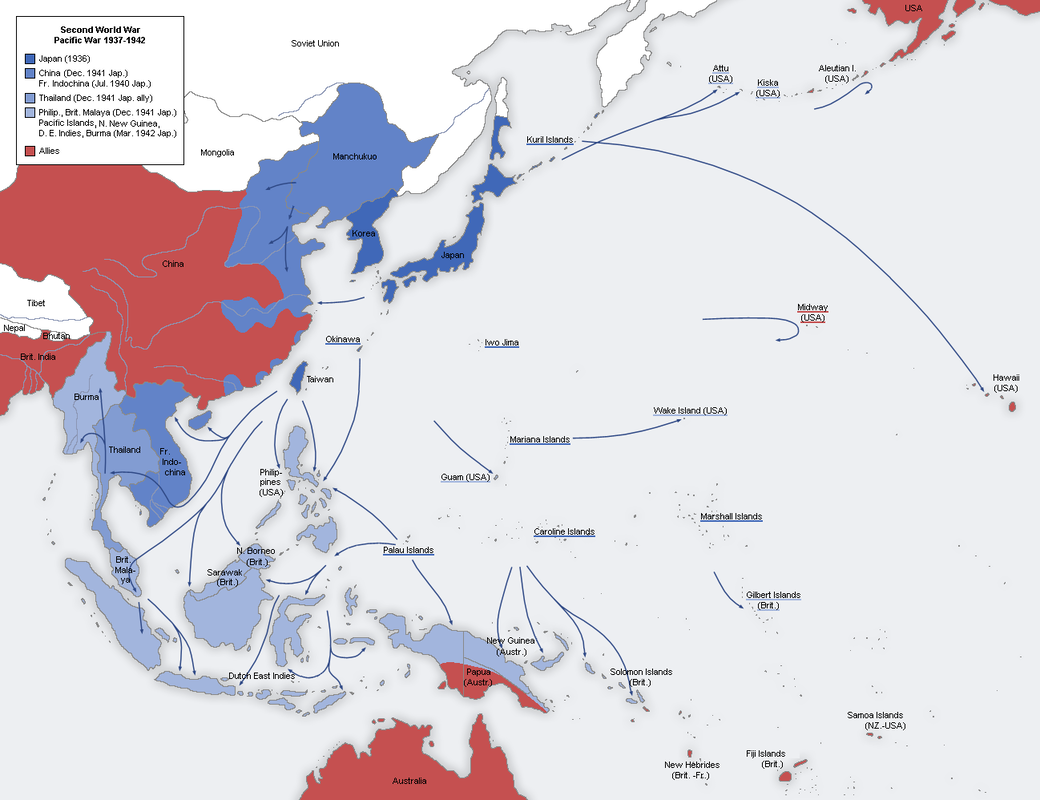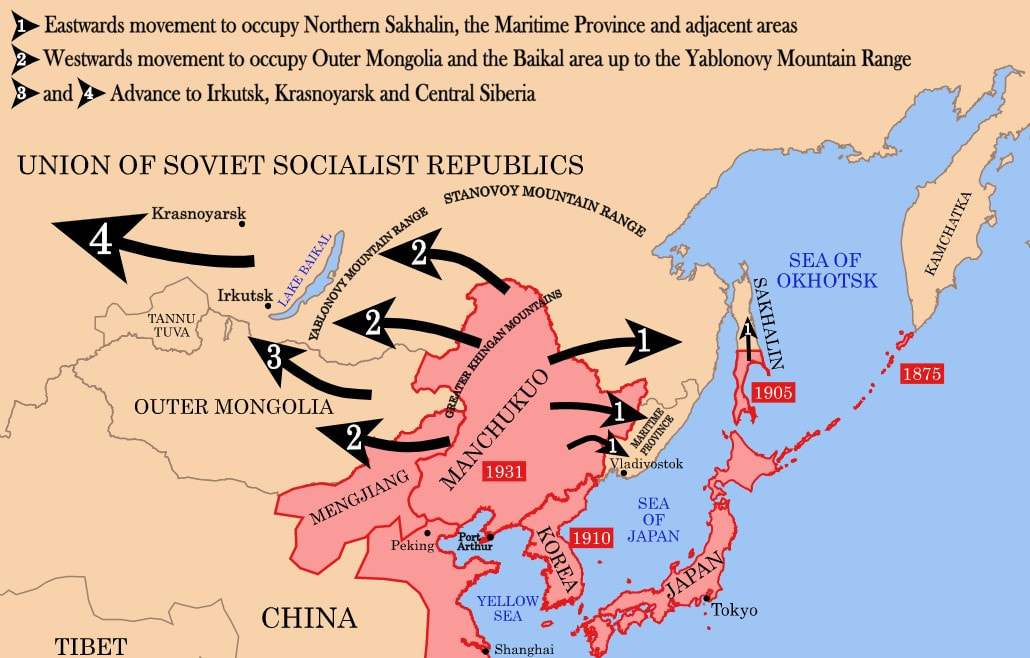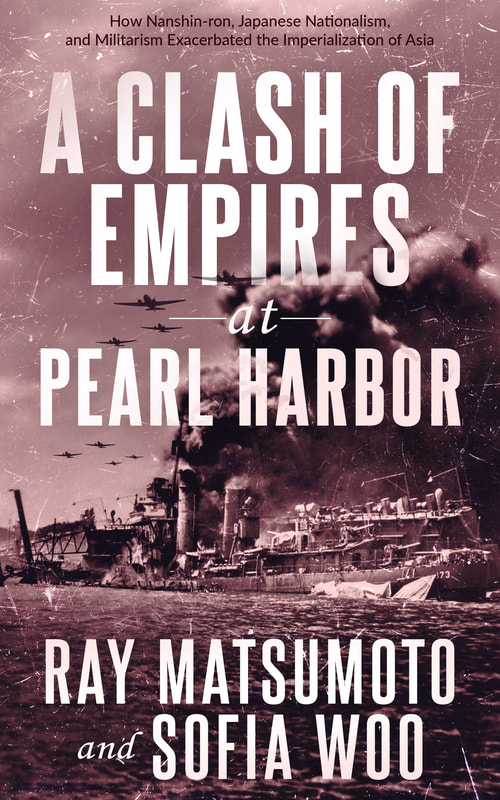- Home
- Stories
-
Internship
- Summer 2024 Internship
- Summer 2023 Internship
- Fall 2022 Internship
- Summer 2022 Internship
- Summer 2021 Internship
- Fall 2020- Spring 2021 Internship
- Summer 2020 Internship
- Fall 2019 Internship
- Summer 2019 Internship >
- School Year 2018-2019 Internship
- Summer 2018 Internship >
- Fall 2017 Internship
- Summer 2017 Internship >
- Books
- Archives
-
Resource Page
-
Supplementary Research Guides
>
- Unit 731 - Guide >
-
Philippines' Resistance - Guide
>
- Philippines World War II Timeline
- The Japanese Invasion & Conquest of the Philippines
- Bataan Death March
- Formation of Underground Philippines Resistance
- Supplies of the Guerrilla Fighters
- The Hukbalahap
- Hunter's ROTC
- Marking's Guerrillas
- United States Army Forces in the Philippines of Northern Luzon (USAFIP-NL)
- The Aetas
- Chinese and Filipino-Chinese Nationalist Guerrilla Units
- The Female Faces of the Philippine Guerrillas
- Rising Sun Flag - Guide >
- Pinay Guerrilleras - Guide >
- Fall of Singapore - Guide >
- Three Years and Eight Months - Guide >
- Siamese Sovereignty - Guide >
- The Khabarovsk War Crimes Trial - Guide >
- Unit 731 Cover-up : The Operation Paperclip of the East - Guide >
- Marutas of Unit 731 - Guide >
- Prince Konoe Memoir - Guide >
- Competing Empires in Burma - Guide >
- Battle of Shanghai - Guide >
- Ishi Shiro - Guide >
- Taiwan The Israel of the East - Guide >
- Seeking Justice for Biological Warfare Victims of Unit 731 - Guide >
- Rice and Revolution - Guide >
- Clash of Empires - Guide >
-
Hunger for Power and Self-SufficiencyI - Guide
>
- The Influence of War Rations on Post-War Culinary Transformations
- How World War II Complicated Food Scarcity and Invention
- American Military Innovations
- Government-Sponsored Food Inventions in Europe during World War II
- Feeding the Army: The Adaptation of Japanese Military Cuisine and Its Impact on the Philippines
- Mixed Dishes: Culinary Innovations Driven by Necessity and Food Scarcity
-
Denial A Quick Look of History of Comfort Women and Present Days’ Complication - Guide
>
- The Comfort Women System and the Fight for Recognition
- The Role of Activism and International Pressure
- The Controversy over Japanese History Textbooks
- The Sonyŏsang Statue and the Symbolism of Public Memorials
- Activism and Support from Japanese Citizens
- The Future of Comfort Women Memorials and Education
- Echoes of Empire: The Power of Japanese Propaganda - Guide >
- Lesson Plans >
-
Supplementary Research Guides
>
The History of Expansionist Doctrines
Japan was first presented with the north or south question after their victory in the First Sino-Japanese War. The occupation of Taiwan created the opportunity to expand into Southeast Asia, while Korea, although not yet a Japanese property, created a path to move into Manchuria and Siberia. The two strategies are often known as nanshin-ron and hokushin-ron, translated literally as the south (nan) and north (hoku) advance (shin) doctrine (ron). However, the meaning associated with these terms has evolved throughout the modern era. During the Meiji Restoration, nanshin-ron was considered an economic doctrine founded on ideas of international trade with nations on the Pacific Rim. The term only became associated with the military after the Russo-Japanese War, at the start of the Taisho era. Hokushin-ron, on the other hand, had an expansionist overtone from the start. Japan first looked to Korea to form a sphere of influence, as well as China after Japan’s victory in the Sino-Japanese war.
Although Taiwan officially became a Japanese territory in 1895, the Russian threat meant it would not have a significant military role until WW1. The economic struggle caused by Japan’s war with Russia also meant a decrease in military spending, halting ambitions of territorial expansion. However, in the wake of WWI, the British requested Japanese assistance to protect their holdings in the Pacific. The military instead invaded the Chinese city of Qingdao, occupied by the Germans, and the islands of Mariana, Caroline, and Marshall. For the first time, Japan was expanding into Southeast Asia, and nanshin-ron went from an economic doctrine to a militaristic one.
Although Taiwan officially became a Japanese territory in 1895, the Russian threat meant it would not have a significant military role until WW1. The economic struggle caused by Japan’s war with Russia also meant a decrease in military spending, halting ambitions of territorial expansion. However, in the wake of WWI, the British requested Japanese assistance to protect their holdings in the Pacific. The military instead invaded the Chinese city of Qingdao, occupied by the Germans, and the islands of Mariana, Caroline, and Marshall. For the first time, Japan was expanding into Southeast Asia, and nanshin-ron went from an economic doctrine to a militaristic one.
Japanese expansion (Nanshin-ron) in the Asia-Pacific after Kantokuen was cancelled. Source Wikipedia
The Imperial government began portraying the Southeast as part of Asia and Japan’s sphere of influence. The insular Southeast nations were not widely considered part of Asia, but rather grouped with Oceania. By including these territories as part of “Asia,” nanshin-ron advocates were able to push a racial and pan-Asian narrative by portraying expansion as a divine act, instead of exploitation. The expansionist ideology grew following Japan’s economic rise during WWI. Unlike other nations, Japan became a creditor nation by producing military materials for European nations; military spending was successfully limited as they mostly experienced little resistance against the Germans. Japan’s economic prosperity allowed nanshin-ron, as well as hokushin-ron, to become an expansionist policy, as well as an economic one.
There remained a gap between the ideological and practical views of nanshin-ron. When the possibility of an invasion of Southeast Asia grew during the Taisho era, it focused mainly on economic exploitation instead of the liberation of fellow Asians. These Japanese sentiments were similar to their imperial counterparts such as the U.S. during their expansionist campaign. In the 1800s, the Americans invaded and massacred native Americans and Mexicans in the name of a divine mission, Manifest Destiny. Japan would use a similar pretext to invade Southeast Asia during the Pacific War, but their primary objective would remain economic. In any case, during the Taisho era, Japan was not ready to fight the Americans, British, or French for the Southeast Asian territories. Thus, nanshin-ron remained an ideological doctrine, as most advocates were aware that a Japanese invasion would not happen anytime soon. For instance, the free trade economist Taguchi Ukichi was an early advocate for nanshin-ron, and wrote that capitalism would thrive if the “expansion of the commercial fleet should also be achieved by the promotion of trade and settlement in the South Seas”
There remained a gap between the ideological and practical views of nanshin-ron. When the possibility of an invasion of Southeast Asia grew during the Taisho era, it focused mainly on economic exploitation instead of the liberation of fellow Asians. These Japanese sentiments were similar to their imperial counterparts such as the U.S. during their expansionist campaign. In the 1800s, the Americans invaded and massacred native Americans and Mexicans in the name of a divine mission, Manifest Destiny. Japan would use a similar pretext to invade Southeast Asia during the Pacific War, but their primary objective would remain economic. In any case, during the Taisho era, Japan was not ready to fight the Americans, British, or French for the Southeast Asian territories. Thus, nanshin-ron remained an ideological doctrine, as most advocates were aware that a Japanese invasion would not happen anytime soon. For instance, the free trade economist Taguchi Ukichi was an early advocate for nanshin-ron, and wrote that capitalism would thrive if the “expansion of the commercial fleet should also be achieved by the promotion of trade and settlement in the South Seas”
Russo-Japanese Relations
Russia was a prominent figure in Japan’s hokushin policies. At the end of the Sino-Japanese War, Japan had gained sovereignty of Formosa (Taiwan) and the Liaodong Peninsula (Dalian); Korea was recognized as an independent state, but practically became a Japanese protectorate. However, Russia felt they already established a sphere of influence over Northern China and demanded the return of the Liaodong Peninsula. The Russians persuaded the French and Germans (the Triple Intervention) to join their cause, and the Japanese had no choice but to accept. The Japanese government was humiliated by the European powers. Lucky for Japan, Great Britain was looking to create new alliances with new imperial powers, which also coincided with the end of their unequal treaties with the Japanese. In 1902, Anglo-Japanese Alliance ensured Britain’s assistance if a war broke out between Japan and Russia.
Map of Japanese (Hokushin-ron) plans for a potential attack on the Soviet Union. Source Wikipedia
In 1900, a Chinese secret society known as the “Boxers” led a series of violent attacks on foreigners; the Western powers, including Japan, intervened by deploying soldiers. Russia used the incident as a pretext to invade Manchuria, occupying Dalian and Port Arthur in the process. The Japanese public was furious over Russia’s decision, and the army began planning for revenge. In 1904, the imperial navy launched a surprise attack on Port Arthur and led Japan to victory. However, Japan failed to negotiate a favorable treaty, acquiring only Southern Manchuria including the railway system and Port Arthur, and the Southern half of Sakhalin Island, and unofficial control of Korea.
The economic prosperity during WWI allowed the Japanese Army to send thousands of soldiers to Siberia, peaking at 70,000 troops. However, the success of the Bolshevik Red Army led to Japan’s withdrawal. Not only did the Japanese fail to accomplish their mission but they also lost thousands of soldiers from combat or disease, and the high military spending led to the Rice Riots. The campaign crushed the Army’s reputation and sparked Japan’s era of democracy. Although the Siberia intervention was not an expansion, it damaged the credibility of hokushin-ron. Soviet Russia would continue to be a threat to Japan’s northern aspirations until the end of the Pacific War.
The economic prosperity during WWI allowed the Japanese Army to send thousands of soldiers to Siberia, peaking at 70,000 troops. However, the success of the Bolshevik Red Army led to Japan’s withdrawal. Not only did the Japanese fail to accomplish their mission but they also lost thousands of soldiers from combat or disease, and the high military spending led to the Rice Riots. The campaign crushed the Army’s reputation and sparked Japan’s era of democracy. Although the Siberia intervention was not an expansion, it damaged the credibility of hokushin-ron. Soviet Russia would continue to be a threat to Japan’s northern aspirations until the end of the Pacific War.
Related Book
A Clash of Empires at
|
|
Pacific Atrocities Education
730 Commercial Street San Francisco, CA 94108 415-988-9889 |
Copyright © 2021 Pacific Atrocities Education.
We are a registered 501 (c)(3) charity. |
- Home
- Stories
-
Internship
- Summer 2024 Internship
- Summer 2023 Internship
- Fall 2022 Internship
- Summer 2022 Internship
- Summer 2021 Internship
- Fall 2020- Spring 2021 Internship
- Summer 2020 Internship
- Fall 2019 Internship
- Summer 2019 Internship >
- School Year 2018-2019 Internship
- Summer 2018 Internship >
- Fall 2017 Internship
- Summer 2017 Internship >
- Books
- Archives
-
Resource Page
-
Supplementary Research Guides
>
- Unit 731 - Guide >
-
Philippines' Resistance - Guide
>
- Philippines World War II Timeline
- The Japanese Invasion & Conquest of the Philippines
- Bataan Death March
- Formation of Underground Philippines Resistance
- Supplies of the Guerrilla Fighters
- The Hukbalahap
- Hunter's ROTC
- Marking's Guerrillas
- United States Army Forces in the Philippines of Northern Luzon (USAFIP-NL)
- The Aetas
- Chinese and Filipino-Chinese Nationalist Guerrilla Units
- The Female Faces of the Philippine Guerrillas
- Rising Sun Flag - Guide >
- Pinay Guerrilleras - Guide >
- Fall of Singapore - Guide >
- Three Years and Eight Months - Guide >
- Siamese Sovereignty - Guide >
- The Khabarovsk War Crimes Trial - Guide >
- Unit 731 Cover-up : The Operation Paperclip of the East - Guide >
- Marutas of Unit 731 - Guide >
- Prince Konoe Memoir - Guide >
- Competing Empires in Burma - Guide >
- Battle of Shanghai - Guide >
- Ishi Shiro - Guide >
- Taiwan The Israel of the East - Guide >
- Seeking Justice for Biological Warfare Victims of Unit 731 - Guide >
- Rice and Revolution - Guide >
- Clash of Empires - Guide >
-
Hunger for Power and Self-SufficiencyI - Guide
>
- The Influence of War Rations on Post-War Culinary Transformations
- How World War II Complicated Food Scarcity and Invention
- American Military Innovations
- Government-Sponsored Food Inventions in Europe during World War II
- Feeding the Army: The Adaptation of Japanese Military Cuisine and Its Impact on the Philippines
- Mixed Dishes: Culinary Innovations Driven by Necessity and Food Scarcity
-
Denial A Quick Look of History of Comfort Women and Present Days’ Complication - Guide
>
- The Comfort Women System and the Fight for Recognition
- The Role of Activism and International Pressure
- The Controversy over Japanese History Textbooks
- The Sonyŏsang Statue and the Symbolism of Public Memorials
- Activism and Support from Japanese Citizens
- The Future of Comfort Women Memorials and Education
- Echoes of Empire: The Power of Japanese Propaganda - Guide >
- Lesson Plans >
-
Supplementary Research Guides
>


